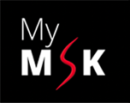Platelet-Rich Plasma (PRP)
What is PRP?
Blood consists mainly of a liquid called plasma in which red cells, white cells and platelets are suspended. Platelets are essential for clotting after an injury or bleeding. It has been discovered platelets also contain a large concentration of growth factors which promote the repair and healing of soft tissues, ligaments, tendons and joints.
PRP is obtained after blood has been drawn from the arm vein and placed in a machine called a centrifuge. This blood is then processed many thousand times a minute for varying lengths of times depending on the protocol. This process removes other cell components from plasma and leaves the plasma ‘platelet-rich’.
The resulting plasma has a concentration of platelets which is often 5 to 10 times greater than a normal specimen of blood.
This solution is then injected into the muscles, joint and tendons that require repair.
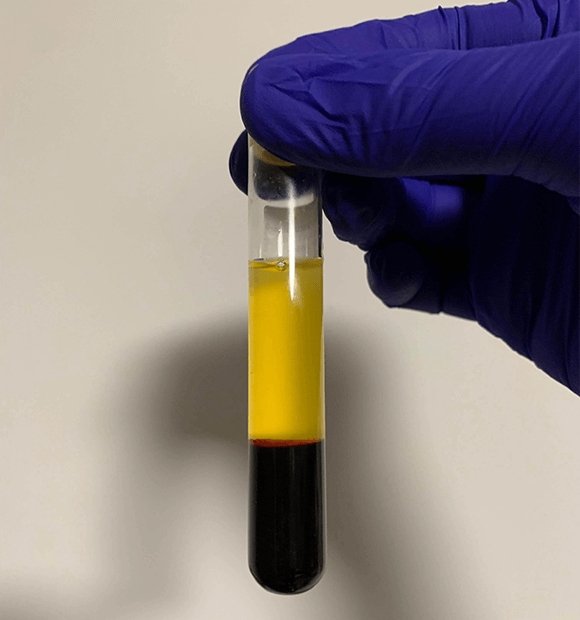
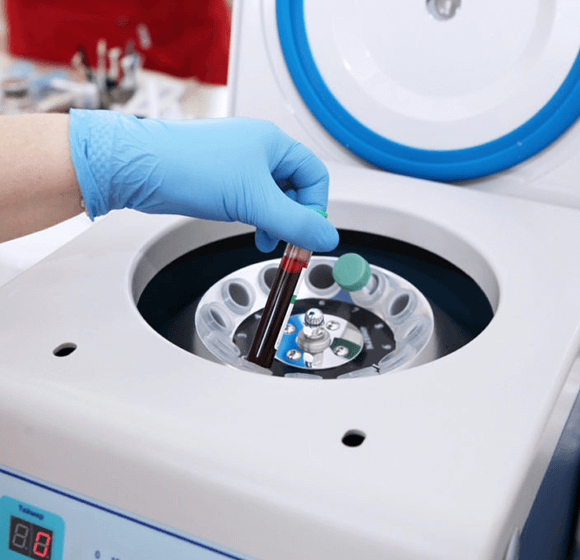
How is PRP produced?
We use a specialised blood processing technique and centrifugation machines imported from the USA for orthopaedic applications to produce our PRP.
The protocol we use is an advanced form of producing PRP.
Please note not all PRP is produced equal.
For example the PRP used in the cosmetic industry is different and processed differently to the method used to produce our PRP.
The technique we use gives different levels of concentration factors depending on the area of body we are injecting. We use a different composition of PRP for tendons compared to the composition we may use for muscles or joints.
This also allows us to produce optimal PRP for the tissue that we aim to repair.
How does PRP work?
Often a poor healing response in a certain part of the body can be due to a poor blood supply at the site of injury or even tissue scarring from a previous injury.
This is often the case with tendon/ligaments injuries.
As a natural response to injury, Growth factors in platelets would normally migrate to a site of injury to kick start a healing response.
Areas of poor blood supply e.g tendons in the shoulder may struggle with receiving these growth factors that aid in repair (following a partial Rotator Cuff Tear for example).
PRP injection into the tissue promotes the healing and repair process by artificially inducing a gentle injury to the area and infiltrating the area with growth factors. This also makes it useful for chronic conditions that are just not responding to other modes of treatment ie cortisone injections or physio.

What do PRP injections treat?
Because of the large concentration of growth and repair factors in PRP, it is increasingly used in many applications as a safer alternative to surgery with good results.
Below is a list of conditions which it is used for. An important aspect of PRP is that it can reduce the need for anti-inflammatory medication or strong painkillers with unwanted side effects. Therefore it is particularly useful for those patients who can not tolerate or do not want to become reliant on these medications.
NSAIDS such as Dicloflenac, Naproxen and Ibuprofen have been found to affect the lining of the stomach and cause heart or kidney issues.
Tramadol is not without its adverse side effects especially increased addiction potential
The side effects of PRP are few because the blood is drawn for your own body. The chances of your body rejecting or reacting to the PRP are extremely low
PRP Injections Are Used For
PRP for Knee Osteoarthritis
Knee Osteoarthritis, commonly known as ‘Degenerative Arthritis’ in which the meniscus between the knee joints wears away.
Approximately 10-15% of patients over the age of 60 are known to suffer from this condition. Evidence suggests PRP may be a useful treatment for Knee Osteoarthritis.
There is considerable research from the previous 5 to 10 years which supports the notion that PRP may be more effective than other treatments in terms of pain scores and improved functional performance of the knee.
Riboh et al (1916) in an analysis of trials comparing over 1000 patients have found PRP to be better than placebo or Hyaluronic Acid in improving pain score and functional outcomes.
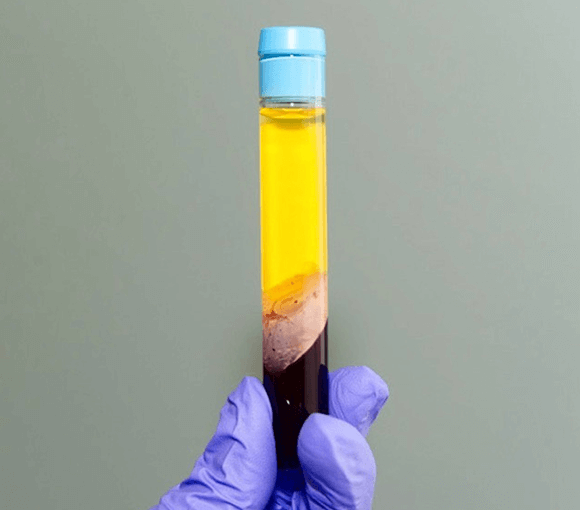
Interestingly Dai et al (2016) and compared results from 10 trials and found PRP was better than Hyaluronic Acid for both pain relief and functional outcome (the ability of the knee to perform daily tasks) at the 12 month mark.
This suggests the results may be delayed rather than a significant improvement straight away.
In an analysis of over 1400 patients, Shen et al (2017) found beneficial results were found at the 3 month and 6 month mark.
Is PRP a substitute for Surgery?
In many cases PRP can be a substitute for surgery or delay surgery.
Ultrasound guided PRP injection for partial rotator cuff tears and in some cases complete rotator cuff tears can be effective especially when combined with an exercise regimen. In these cases the rehab is key as PRP on its own is less likely to lead to a satisfactory result with these conditions
Although MRI or an Ultrasound scan is very useful in detailing the extent of the tear it can lead to inappropriate surgery.
Surgeons use these scans to decide who they operate on but often a tear size can be overestimated and a patient listed for surgery. We at MyMSK Clinic therefore make a decision based on a careful physical examination rather than just being guided by the scan.
Research has shown many patients undergo unnecessary surgery (with its associated risks).
In addition not all patients are fit enough to have surgery or are able to cope with the ‘downtime’ of an operation. In these cases PRP may be an ideal solution.
PRP injections combined with a rehabilitation program can give patients just as equal or even better results than surgery.
Some patients however may present in such a way that surgery is the only effective solution and if this is the case this will be discussed during the consultation
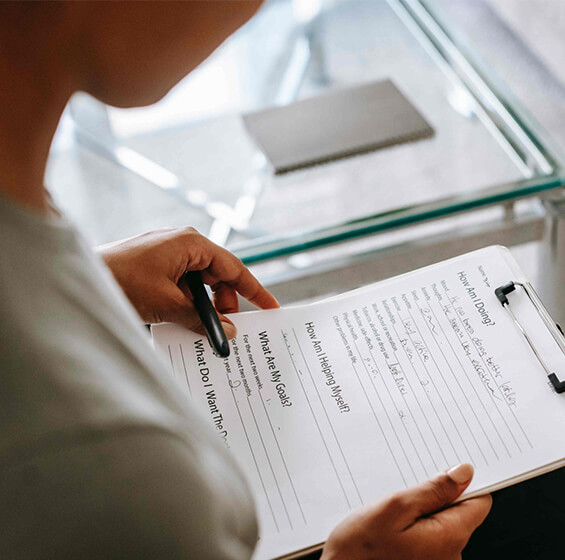
What happens at my appointment?
Here at MyMSK clinic a careful history and examination is performed.
Frequently this is followed by a scan or an analysis of previous imaging is performed.
If a decision is made that PRP may benefit you then you are usually booked in for 1-3 sessions 2-4 weeks apart.
The area to be injected is often numbed with local anaesthetic before the procedure to ensure the injection is as comfortable as possible.
Often the ultrasound machine is used to guide the needle and make the injection as accurate as possible
Following injection the patient is advised to rest and not to use anti-inflammatory medication especially for the first 2 days to get an optimal response. The area that has been injected may be tender or sore for 48 hours.
For a detailed assessment of your suitability for a cortisone injection Call us 0333 772 9655
Contact us
We’d love to hear from you!
Just reach out and contact us via any of
these channels:

Call us on

Email us on

Call us on

